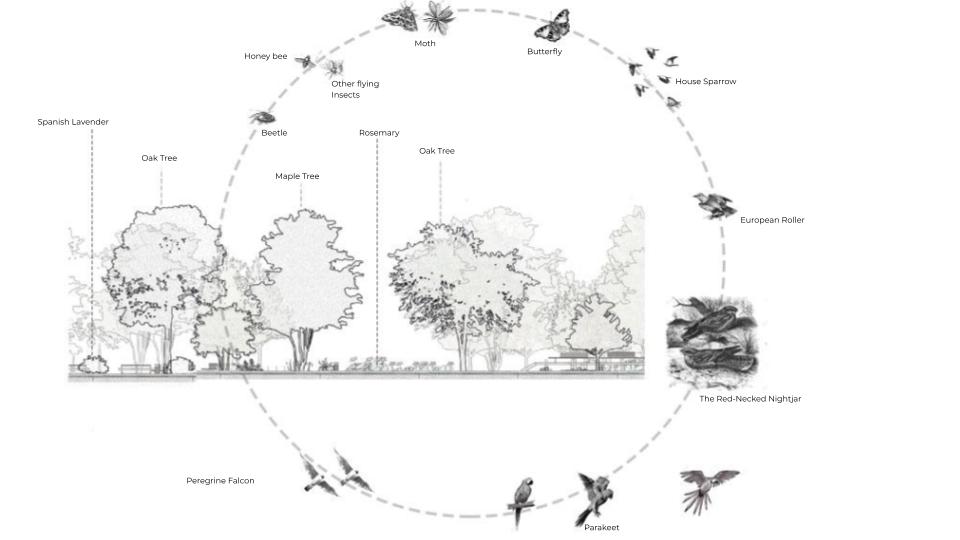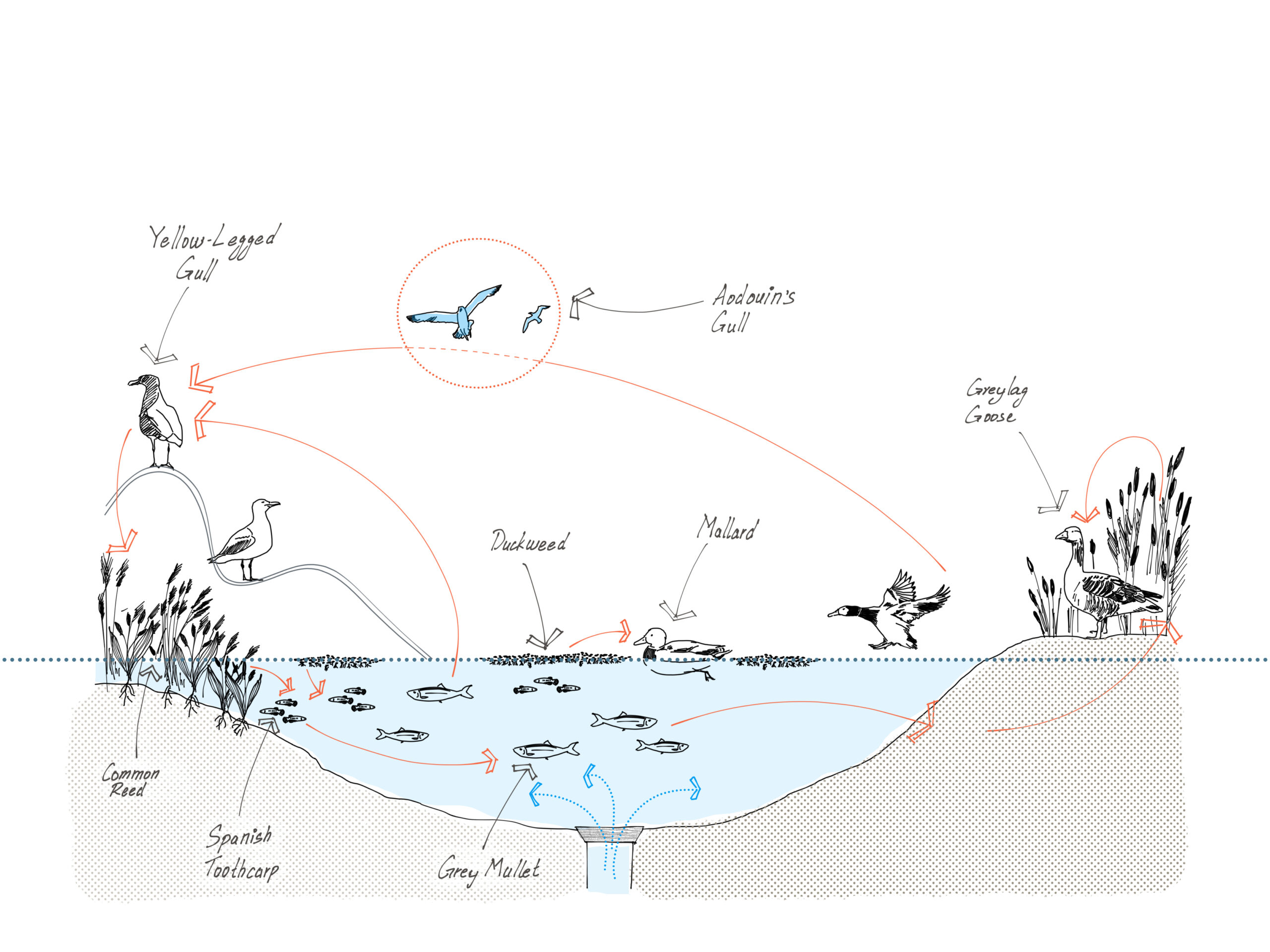The MAA is a visionary master program with an innovative and open structure, mixing diverse disciplines, shaping professionals capable of producing theoretical & practical solutions towards responsive cities, architecture & technology.
Course: MAA01 23/24 Ecological Interactions Seminar
The ecological interactions seminar explores state of the art monitoring techniques being developed in the fields of biology, ecology and agricultural sciences and repurposes them to form new systems of observation that can be applied to design practices and the built environment. Advances in data science and the growing access to DNA barcoding, and remote sensing devices are allowing scientists to detect signals from the natural world that were previously unreadable, and are revealing animal behaviours and communication channels and senses that were unknown. The seminar explores what can be learned by intercepting these signals and what might be learned from the senses of other organisms to inform our design decisions, reduce environmental impacts and deploy nature based solutions.
view Syllabus & FacultyMicrobial Influence on Building Decay
Our project investigates how bacteria living in historical buildings contribute to decay. We aim to enhance resilience of architectural elements and harness microbial interactions to create sustainable and self-repairing building materials.
Data Informed Trophic Cascade : a wetland recreation at Parc Diagonal Mar
Keywords : TROPHIC CASCADE – A trophic cascade occurs when a change at one level of the food web (often due to the addition or removal of a keystone species) causes a series of indirect effects on lower trophic levels. This can lead to significant and widespread changes in ecosystem structure and nutrient cycling. KEYSTONE … Read more
Vallvidrera Reservoire
Context Frogs as An Indicative Species: The Pelophylax Perezi frogs, native to the reservoir are an indicator of the ecosystem’s biodiversity, and require a permanent body of water to thrive. These amphibians traverse through ecotones and patches, evidently providing us an indication of a diverse ecosystem. Why Frogs? Analysis Methodology Could we use the behaviours … Read more





